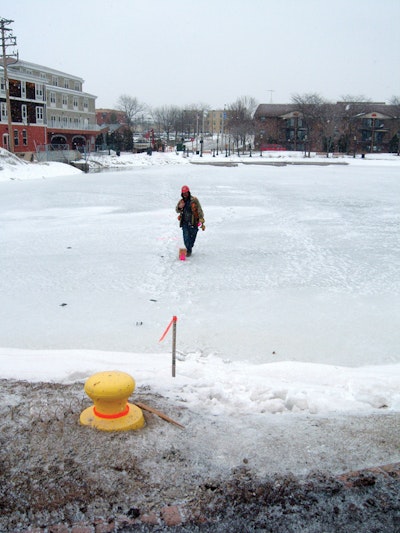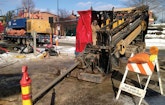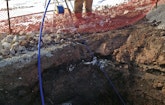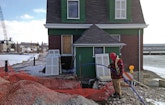
The four-year Riverwalk and Wildlife Viewing Pier project undertaken by the City of De Pere, Wis., included renovating the unoccupied locktender house and adding public restrooms. The De Pere Lock and Dam are listed in the State Register and National Register of Historic...









